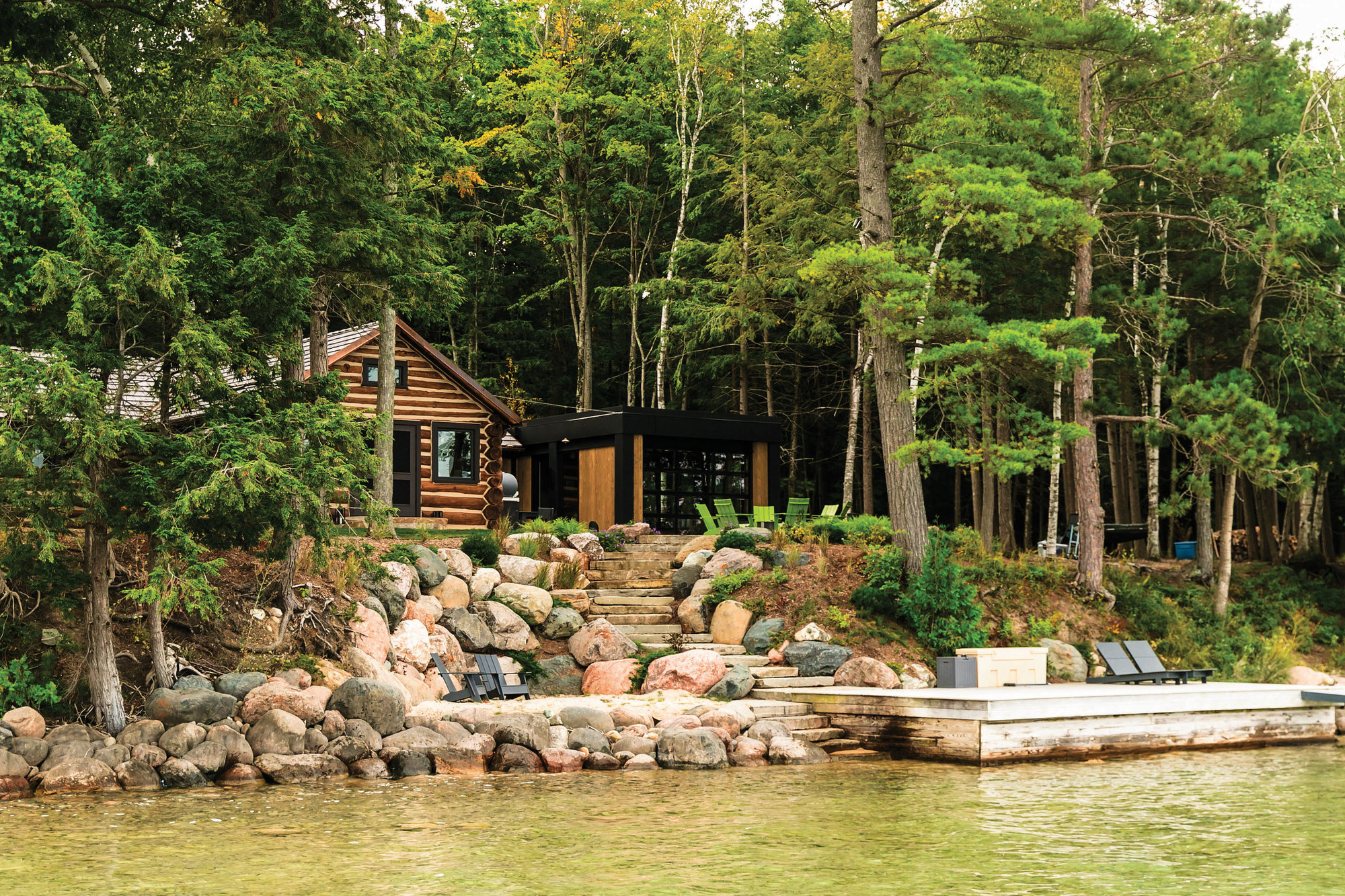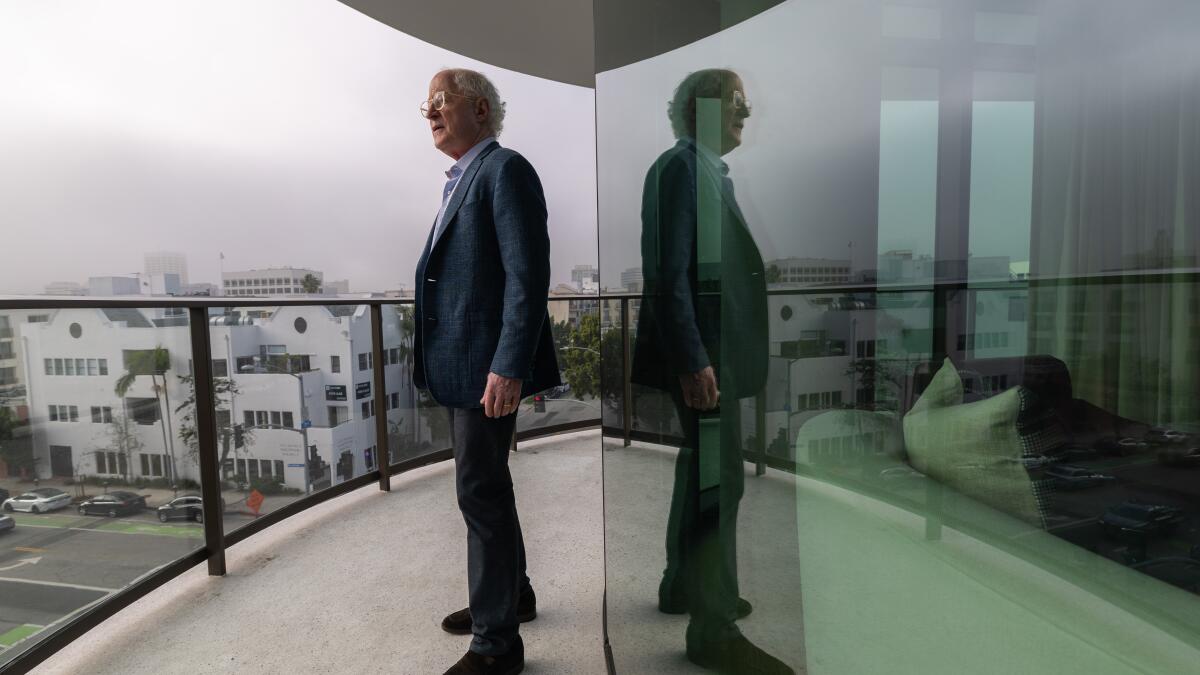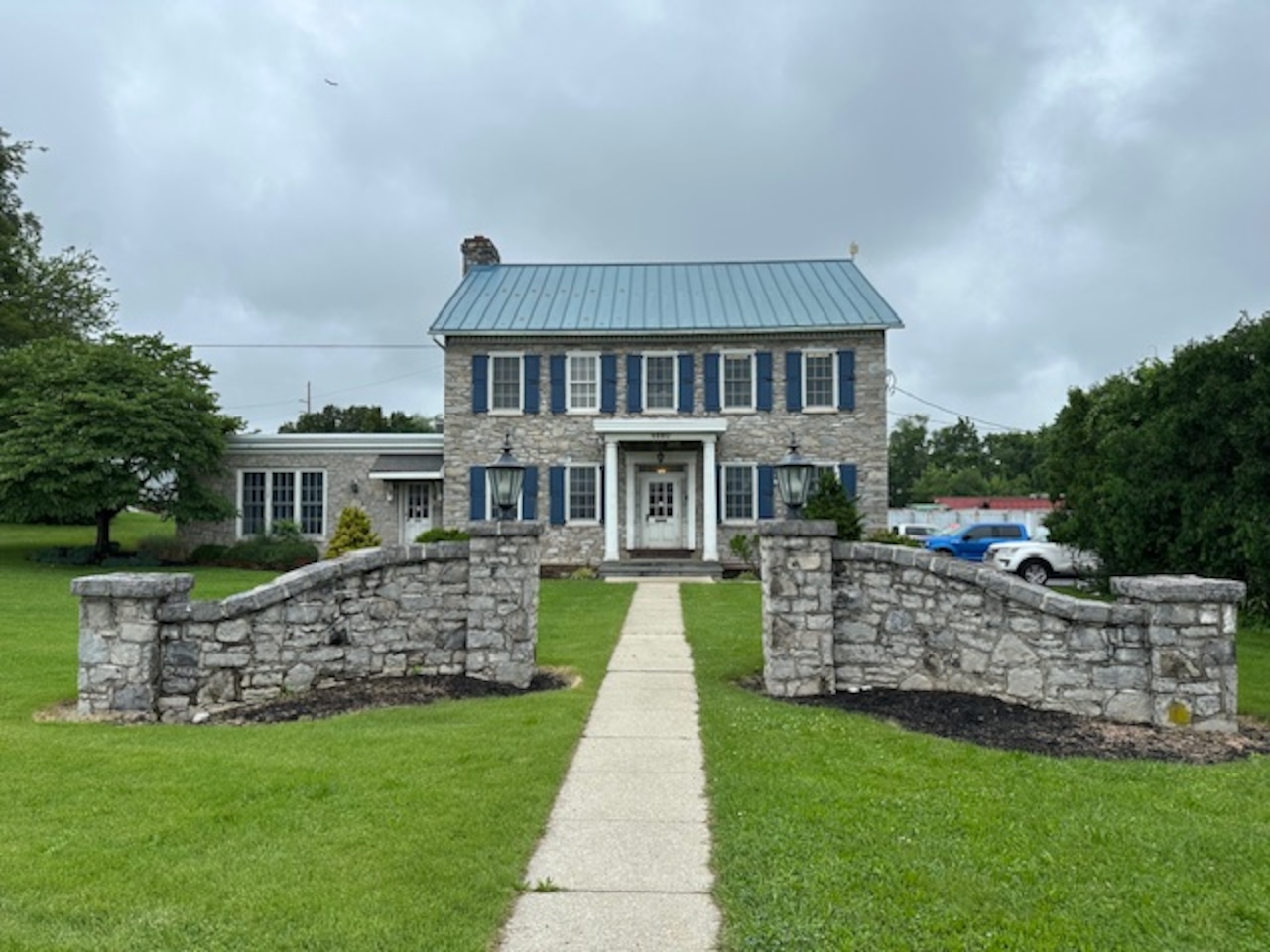I
n the depths of Northern Michigan's Torch Lake, a family's search for the perfect lakefront life took an unexpected detour. Bob and Jennifer Haadsma had been scouring the area for a buildable lot, but their plans were about to take a dramatic turn when they stumbled upon a dilapidated log cabin perched on a vacant lot. The couple envisioned restoring the cabin as a temporary home while building a new one next door, but their children were less than enthused.
"It was like stepping into a time capsule," Jennifer recalls of the cabin's initial state. "Everything needed to be redone – windows, roof, chinking, floors... it was a daunting task." But what seemed like a fixer-upper to the Haadsmas turned out to be a treasure trove of history.
The cabin, designed in the 1930s by E.E. Roberts, a contemporary of Frank Lloyd Wright, boasted an unexpected pedigree. Roberts' architectural firm in Oak Park, Illinois, had produced some of the region's most iconic Prairie School-style buildings, including Scoville Square. The Torch Lake cabin, though small and rustic, was a charming anomaly – a Northwoods classic with a hint of Prairie Style.
As the Haadsmas delved deeper into the cabin's history, they assembled a team of experts to bring it back to life. AMDG Architects and J. Peterson Homes led the restoration effort, which spanned three years and countless hours of TLC. The logs were power washed, old chinking was removed, and new foam insulation was installed before being re-chinked and sealed.
The exterior transformation was nothing short of remarkable, with a new synthetic shake roof and insulated Pella windows that replicated the originals. Inside, the cabin received much-needed electrical upgrades, a vintage-style kitchen, and – most notably – no television to preserve its historic charm.
But the pièce de résistance was the pavilion, a modern space that seamlessly transitioned from rustic to contemporary. This standalone structure, connected to the cabin by just six inches of wall, served as a visual bridge between old and new. With a glass-paned garage door opening onto the lake, fire pit, picnic patio, mini-bar, pizza oven, game tables, and – yes – a television, the pavilion became the family's go-to hangout spot.
As the Haadsmas' children grew to love their new home, they discovered that sometimes the best things in life come from unexpected places. The cabin, once a source of trepidation, had become a beloved part of their family's story – a testament to the power of restoration and the beauty of preserving history.














